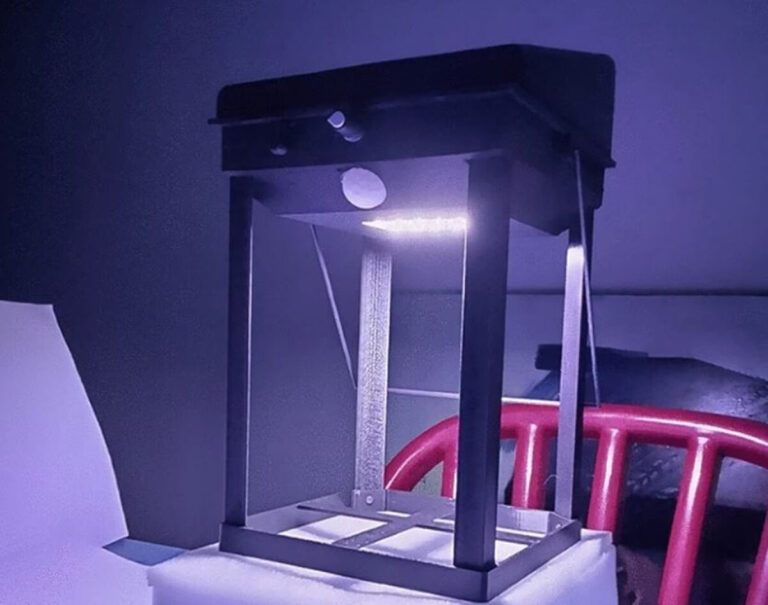Scientists have developed a lighting system based on the AEM10941 solar harvester developed by Belgium-based E-peas. The system can reportedly provide a runtime of 10 hours at full brightness.
Scientists from Cameroon have designed a new solar-powered lighting system for rural areas.
The proposed system is based on the commercially available solar integrated circuit (IC) solution AEM10941, developed by Belgium-based E-peas. The AEM10941 system is an integrated energy management circuit that draws direct current from up to 7-cell solar panels to simultaneously store energy in a battery and supply the system with two independently regulated voltages.
The academics added the ATMEGA328PU microcontroller, which allows the lighting system to switch between indoor and outdoor lighting scenes, as well as a passive infrared (PIR) sensor, a potentiometer and an LED lighting module.
The solar panel that powers each system has a 2W capacity and charges a 3.7V Li-ion battery during the day, while the mini board is configured with a maximum Power Point Tracking (MPPT) ratio of 85% . Twenty LEDs have also been installed, each with a power of 0.2 W, for a total of 4 W. The system measures 28 cm x 6 cm x 16 cm and weighs 100 g. The solar panel is installed at a tilt angle of 10 degrees and the PIR sensor is installed at 36 degrees.
The group performed a series of measurements to measure both the charge and discharge rate and the illuminance.
“We used a multimeter connected to the battery to monitor the charging process, recording the measurements at regular intervals using a timer,” they further explained. “For the discharge assessment, on the other hand, we activated the lamp at maximum brightness in a darkened room to simulate real use conditions.”
The measurements showed that the system exhibited a light intensity of 50 lx at the lowest brightness setting, 700 lx at medium brightness and 1,436 lx at maximum brightness, which appeared to be better or comparable to the intensity of kerosene lamps.
In addition, the solar charging time was found to be three hours, enough for a 10-hour runtime at full brightness. Based on user responses to the kerosene lamps, the need for light per night in remote communities in Cameroon is four hours.
Performance evaluation testing showed that the AEM10941 effectively charges the battery to full capacity within three hours. Furthermore, a single charge in indoor mode can support up to 10 hours of lighting, demonstrating the lamp’s efficiency and reliability in providing long-lasting lighting.
“Additionally, reliable lighting increases safety by illuminating pathways and deterring potential threats, contributing to a sense of security within the community. Furthermore, by reducing reliance on hazardous kerosene lamps, solar lamps promote better health outcomes by minimizing exposure to harmful fumes and reducing the risk of accidents,” the academics said.
The system was presented in “Design and implementation of AEM10941-based solar harvester for household lighting as a sustainable lighting solution for rural areas”, published in Scientific reports. The research was conducted by scientists from Cameroon’s University of Buea and the African Scientific Association for Innovative and Entrepreneurship (ASAIE).
This content is copyrighted and may not be reused. If you would like to collaborate with us and reuse some of our content, please contact: editors@pv-magazine.com.


